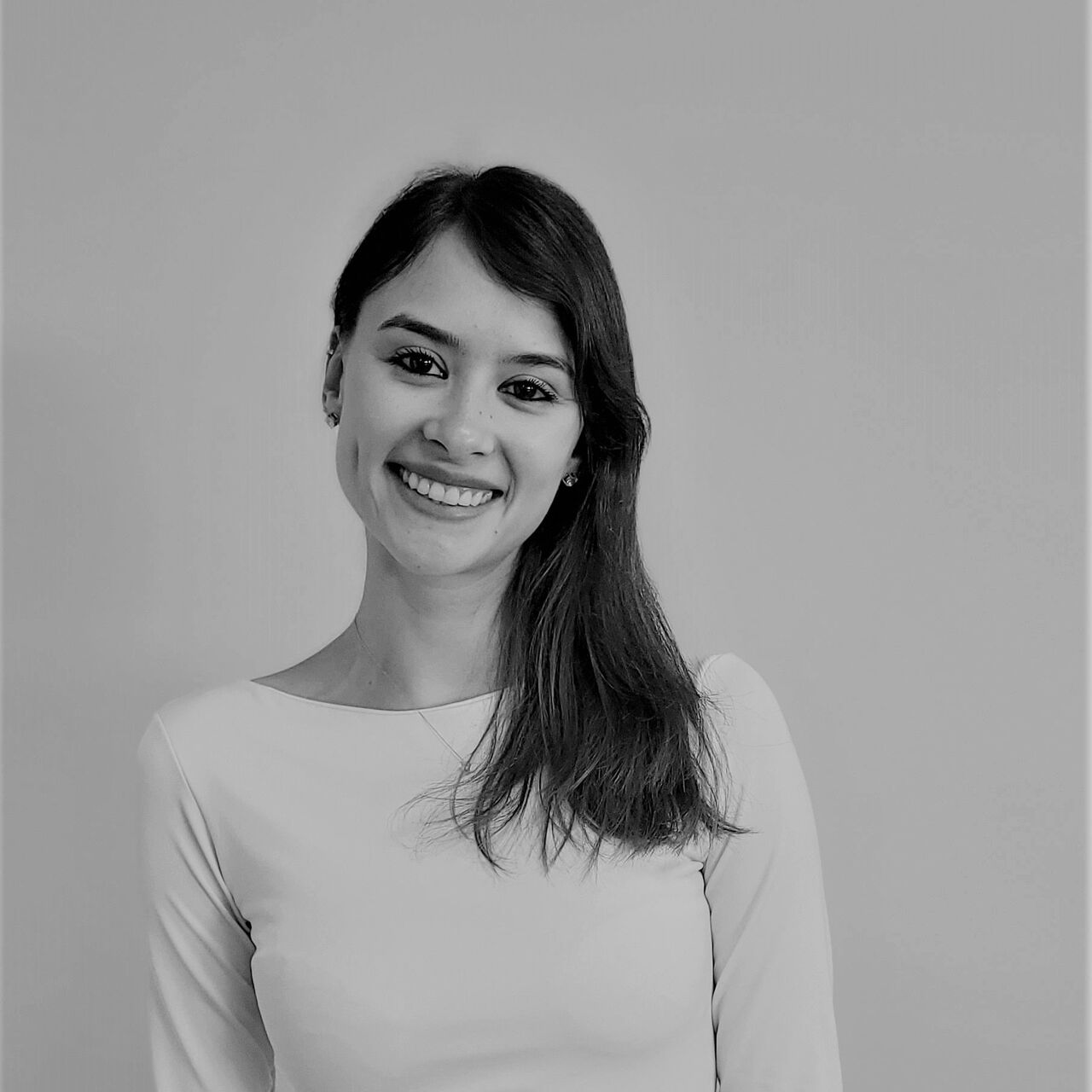Her background
Civil engineer by the Universidade Federal do Paraná (Brazil), in 2020, followed by a Master of Science degree, in 2023, at the same institution. Laboratory and research experience since 2016, focusing on the study of sustainable cementitious materials. The main research topics studied were mortar shrinkage, fibres addition in mortars, special mortars and clinker content reduction on Portland Cement. During master’s degree, a study regarding the effect of the addition of C-S-H seeds in Portland Cement pastes with low clinker content was conducted. Such project was funded by the Coordination for the Improvement of Higher Education Personnel (CAPES) and supported by the companies IMCD Brazil and BASF (Germany).
Key facts
- Great interest on the study of sustainable cementitious materials, focusing on the optimization of its composition, aiming to reduce its environmental impact.
- Interest in keep working on applied research projects with industry interaction and cooperation.
- Love the challenge of adapting to new working and personal life environments.
- Thrilled to learn new languages and cultures. Apart from Portuguese (first language), I can manage the English, French, German and Spanish languages.
Summary of her thesis
The cement industry is responsible for 8.0% of global anthropogenic carbon emissions. Clinker reduction is considered the most feasible and effective measure to decrease the environmental impact of the sector. Supplementary Cementitious Materials (SCM) present a remarkable potential to replace it in cement composition, since their reactivity and dissolution lead to similar reaction products. Calcined clays are the most promising SCM due its worldwide availability and relative low cost. Once in a cementitious system, calcined clays react with available calcium hydroxide to form hydration products, similar to the ones formed by cement, through the pozzolanic reaction, which enables reaching the same cement performance, even with lower clinker content. The calcination effectiveness depends on process-related issues, such as equipment, temperature and residence time of calcination, and unrelated aspects, as clays composition and granulometry. The chemical structure plays a key role on the clays’ reactivity after calcination, since it influences the dehydroxylation, fundamental process to clays activation. Modifications on particle size and porosity also influence clays final performance. Finally, different calcination techniques can be used. Soak calcination in rotary kilns and laboratory muffles enables to activate clays in a period of nearly 1 hour, reaching a homogenous calcination with high reactivity. A good activation stage can also be obtained with flash calcination, where the material is quickly heated at high temperatures during tenths of seconds. Nonetheless, flash calcination can generate heterogenous calcination and particles agglomeration, which can affect clays reactivity. Therefore, the goal of this study is to understand and optimize the calcination to obtain reactive clays for cement composition by evaluating the main physical and chemical effects of the process on different pure types of clays. For this, the samples will be submitted to different calcination methods and temperatures and pass through a physical-chemical characterization. Finally, the impact on reactivity will be verified in order to establish the optimal process for each clay type.
What's next?
Once the PhD is complete, I intend to apply and keep developing the expertise and knowledge obtained during my time as a member of the CLEAR-Doc Program. Therefore, my main goal is to seek for a postdoctoral position in the field of sustainable materials in order to pursue a research career. I’m looking forward to improve the interdisciplinary skills developed through the 3-year PhD by joining further research groups.

